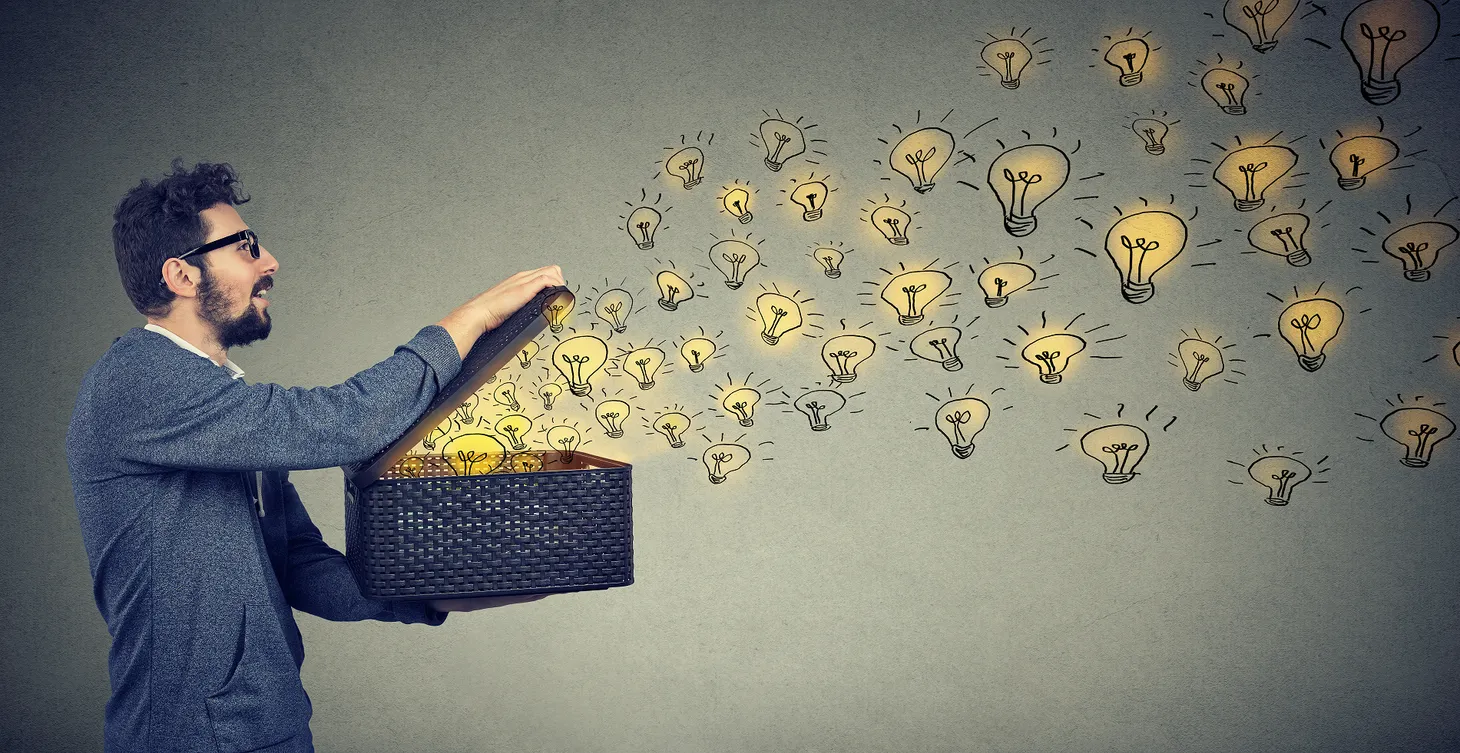How Does Your Brain Work on Innovation?
Most of us are familiar with the image of a light bulb signifying the idea that emerges from our brain. One moment the light is off, the next it is on and a “eureka” moment has occurred. Likewise, many of us have also experienced “eureka” moments when we least expect them – in the shower, […]

Most of us are familiar with the image of a light bulb signifying the idea that emerges from our brain. One moment the light is off, the next it is on and a “eureka” moment has occurred.
Likewise, many of us have also experienced “eureka” moments when we least expect them – in the shower, on a long run, or in the middle of the night.
Neuroscience And The Brain
It turns out that neuroscience is offering some new insights into how the brain works for innovation. In a recent article in Harvard Business Review (July/August 2013), Adam Watz and Malia Mason describe the brain’s default network. Neuro-research shows that the brain is never at rest and this default network takes over when we think we are at rest (e.g. sleeping). As the default network takes over, the brain begins processing internal information rather than just the new, external data coming from the five senses.
That our brains can solve problems while we’re not working specifically on them lends support to free-time thinking policies. Many firms, including Google (until recently) and 3M allow employees to dedicate 15 or 20% of their time to projects of their own choosing. This “free-time” is especially important for developing breakthrough innovations, leading to Gmail and Adwords at Google and Post-It notes at 3M, for example.
However, forcing brain detachment is tough in today’s technology-driven environment. Encouraging innovation via the brain’s default network can be assisted by turning off distractions – email, calendars, cell phones. Employers can encourage innovation by removing excess job duties and ensuring employees get away from the office. Of course, free-time thinking also benefits the creative activities stimulated by the brain’s default network as well.
I have found that my innovation output is greatly improved when I turn off digital distractions.
Phil McKinney
Using our brain’s default network can kindle introspective thought and visioning, both of which can jump-start innovation.
Phil McKinney Newsletter
Join the newsletter to receive the latest updates in your inbox.




